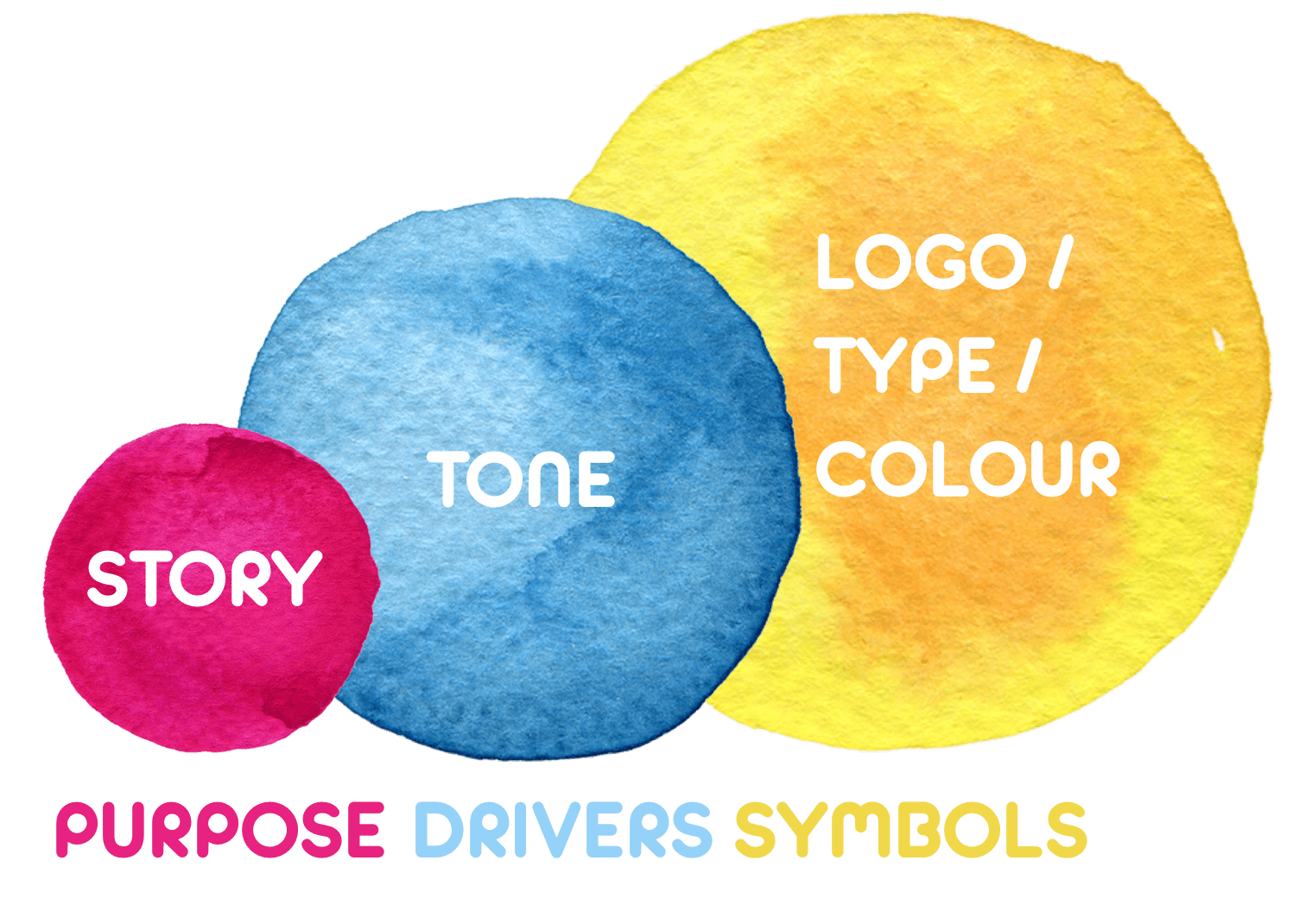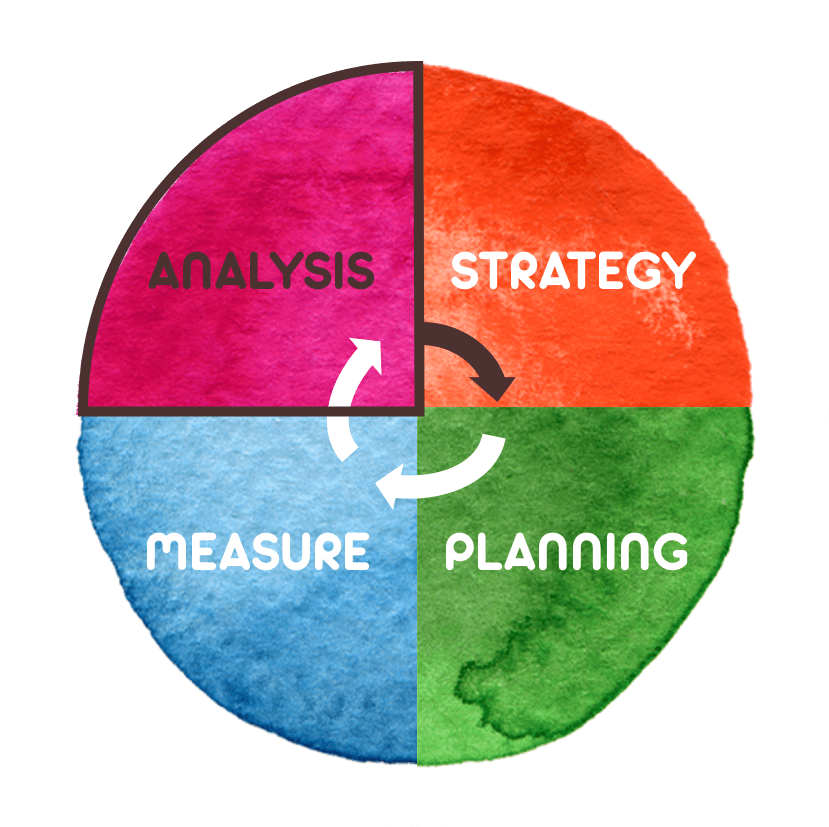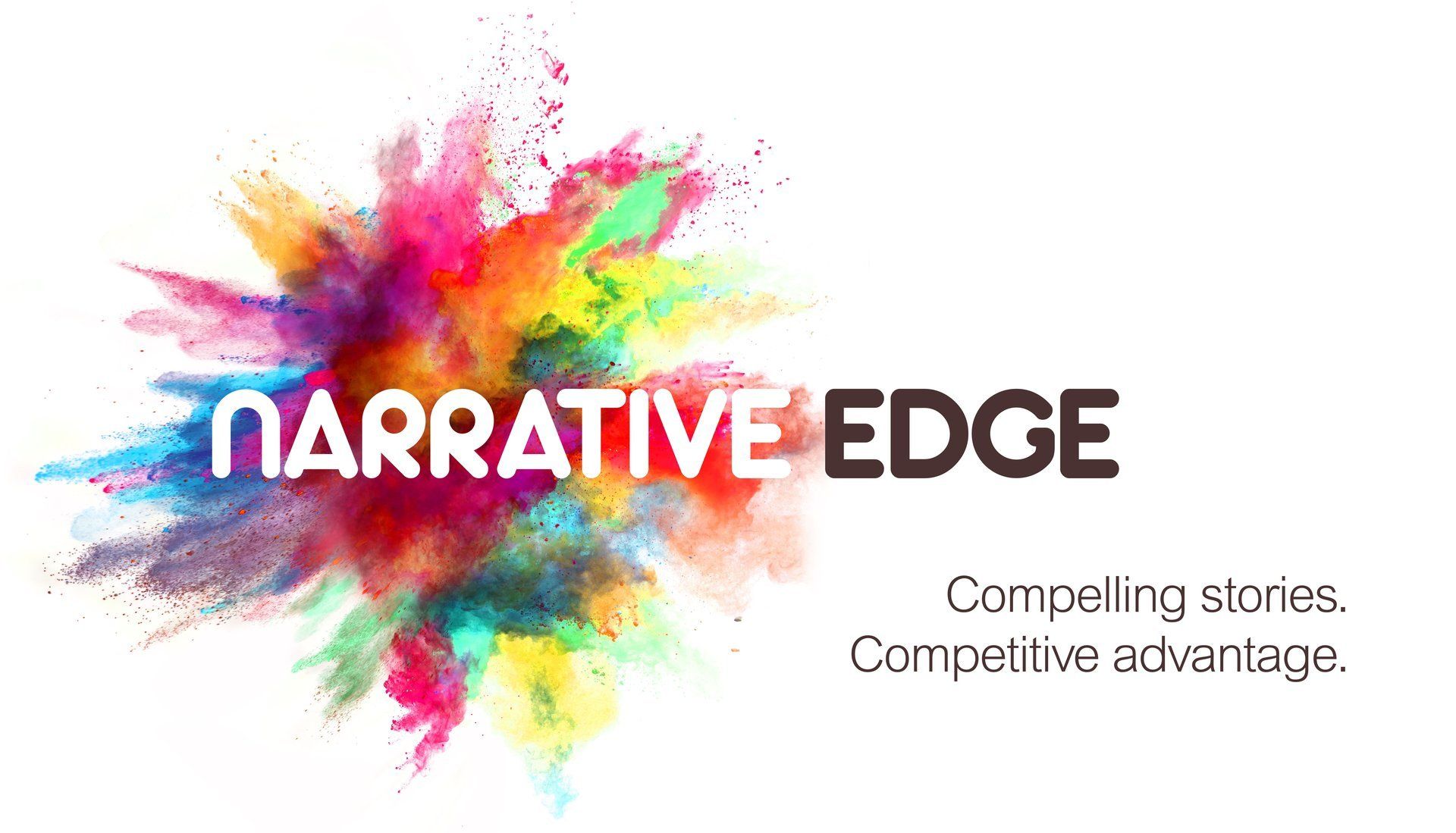A great cover doesn't mean you'll love the book
- By MATT CLARK
- •
- 23 Nov, 2017
- •

Why it’s essential to get your story straight before you start developing design
I was asked an interesting question the other day by an entrepreneur in the early days of developing their business. They’d been offered the opportunity to test their product and get paid for it – a pretty rare combination! Anyway, the entrepreneur needed to invoice their client so they could get paid for the test, so they started developing an invoice template. They really wanted it to go on headed paper, but as they were still at the beginning of their journey they had no visual identity yet – no logo, typeface, colour palette and other recognisable business ‘symbols’.
So they thought they needed a logo, and quick! The question they asked was whether there were any particular rules or guidance on designing a logo?
Now, I’m not a designer, so I can’t answer that from a pure design perspective. But I have been working with designers for over 20 years and I know for a fact that what any designer needs to do any job properly is a great brief. They need to be absolutely clear on what is required, and what the design needs to represent.
The freedom of a tight brief
You see, a logo is a visual symbol of what your business stands for. It’s a sign, and it should get across to your customers what it is that’s different about, what makes your business attractive to them. It all builds out from your core purpose, your central story, the proposition in your brief to a designer. This is the hook that the designer will hang their hat on when developing your design. Without it, the designer will have an open field, and will possibly design loads of options that just don’t “feel” right (more on that later), or are too generic and could be for anyone; “me-too” rather than “just-for-you”.
The designer will also take direction from your drivers, the values and beliefs that form the tone of your story. Are you captivating and contemporary? Dignified and serious? Specialist but approachable? This sense of the tone of your business is so important, to stop the designer heading off in the wrong direction and designing something which isn’t appropriate.
Keeping it objective
Your story (proposition) and drivers (tone) are critical parts of your brief to a designer. They give direction on what you are looking for, and also give you an objective way of judging the work the designer responds with. One of the worst outcomes of any creative process is the dreaded “but I don’t like it…”, or “it just doesn’t feel right”. Subjectivity is impossible to work with, as it doesn’t offer an objective direction and inevitably leads to loads of amends, wasted time and frustration.
But if you’ve got your brief right and clarified your core story proposition and tone, then they become objective criteria you can use to judge and feedback on the designs. If the design builds on your proposition, and feels right for your tone, then you’re in a good place. But if it doesn’t then you can feedback objectively; “my proposition is all about the vibrancy of storytelling, but this feels too corporate”, or “my drivers include contemporary and British, but this feels a little dated”. You’re able to give objective feedback, and a clear direction for the designer to work with.
Get your ingredients right
When you’re working with any supplier you are paying someone for their expertise, and they want to get the job done as brilliantly and efficiently as possible. No-one wants endless rounds of amends, everyone wants to feel like they are creating a great product. A tight, clear brief is one of the strongest ingredients in this process – the better the inputs, the better the outputs.
Skipping straight to the ‘symbols’ without first cracking the ‘purpose’ and the ‘drivers’ will inevitably lead to something that is too generic, not differentiating enough or doesn’t communicate the right message.
A great story builds a stronger brand
So, before thinking about briefing logo design, make sure you think about your story – what is unique to you? What is your proposition? Why should your customers care? What is your tone?
Get those building blocks right, and every aspect of brand design that follows will be all the more powerful for it.

This desire to 'skip to the end', to jump straight to communicating your story without going through the journey to make sure it is built on the right foundations can lead to wasted time and effort, probably some wasted money and, worst of all, confusion in the minds of your customers and staff. That's where the Narrative Edge 'Story-Engine' comes in. It's a methodical approach to ensure that everything is connected, relevant, consistent and has a purpose.

I believe there are five core reasons why finding your Narrative Edge can transform your business.

So, what is Narrative Edge?
Basically, I believe that every successful brand or organisation is built on a great story. It's what makes you relevant to your customers, and different to your competitors. It makes you interesting. It creates love and loyalty.
It becomes your point of competitive advantage.
It gets to the real point of the matter, which is WHY you do what you do, and WHY your customers should care.
Most organisations know WHAT they do, HOW they do it and WHO they do it for. But very few really know the answer to WHY.
Mainly, it's just the successful ones.
So, that's what I aim to do. Help businesses, organisations or individuals understand WHY they do what they do, discover their unique story, and then tell that story beautifully and effectively.
